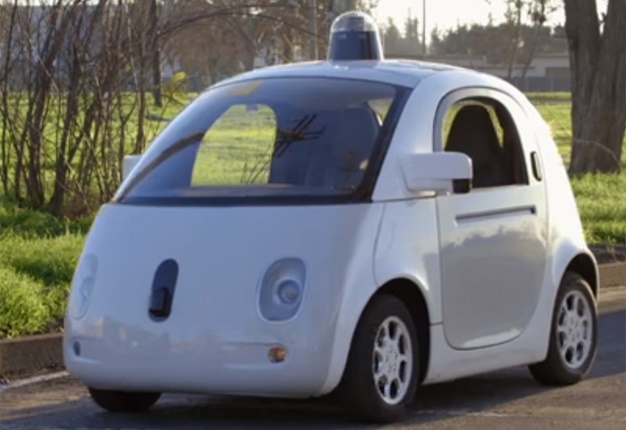
Autonomous driving – when will it happen? And in what form? And who will bring it to the market? Dr Christian Müller, Head of the Competence Centre for Autonomous Driving at the German Research Centre for Artificial Intelligence provides the answers.
Q: Do you share the impression that autonomous driving no longer dominates public debate as much as it once did? Why do you think that is?
Muller said: In my professional environment, I’m always hearing about autonomous driving, of course. But you’re right that the issue is less present in the public domain than it was some time ago.
This development is down to a wave-like sequence of expectations followed by disillusionment. There are now clear signals that fully autonomous driving will actually come later than was once assumed. And that the return on investment will occur later than some companies expected.
Q: Where are we today when it comes to the development of fully autonomous driving?
Muller: We need to differentiate here. The approval procedures are a huge work in progress and there are also some technical hurdles. Imagine any junction in your city. How many different movements can be carried out by individual road users there? Then multiply all of that with all conceivable weather and daylight situations – and you have the number of parameters that an autonomous system must be able to react to. It's pretty challenging.
From a market point of view, the question is how great the demand is. How urgently do we need premium class vehicles that no longer need to be driven? It’s certainly going to be a few years until we actually see them.
People movers, i.e. autonomous minibus systems, are more urgently needed in mega cities like those in China where there is considerable pressure to improve the traffic situation. In major Chinese cities, where there is also often spatial separation between the various means of transport, we might start to see the first examples in maybe three or four years.
Image: TheNewsMarket
Q: Who are the key drivers behind this development?
Muller: You have to look at who in the industry has what interests and what conditions they are acting under. The tier 1 suppliers, i.e. those who deliver directly to the manufacturers, are certainly in a better starting position to build people movers. This kind of fully automatic minibus does not fit in with the portfolio of a premium manufacturer.
If premium manufacturers wanted to produce a people mover, they would have to give up an element of their conventional portfolio, whereas the supplier would gain something from it.
In terms of the organisation of automotive manufacturers, there could also be a reordering of requirements, and the trucks and vans division could end up laying claim to leadership in implementing such a future technology.
Q: In your opinion, which countries are currently leading the development of autonomous driving?
Muller: The Americans have produced the goods. But that’s been helped by the legal situation there. Over there, you can try out a new technology on the road straightaway. But then of course you would be liable if the autonomous vehicle causes an accident. However, the mere fact that, unlike in Europe, you are not liable to prosecution if a vehicle is operated on the road without being officially registered, helps.
On the other hand, of course, American data companies have also massively pushed this development. They are financially better positioned than conventional manufacturers and also technically better off in terms of cards, algorithms, data performance and general brain power within the company. And China is also experiencing brisk-paced development in this sector.
There are 200 manufacturers in the country, some of whom are unknown in the West and who are driving the development of autonomous systems. China is a young country in terms of cars and the population there is only just beginning to consider car ownership in earnest.
On the other hand, there are rafts of younger people who no longer have a desire to own a car. However, Europe is catching up and can boast expertise in quality and series production.
Q: What is the significance of artificial intelligence in the development of autonomous driving?
Muller: Huge. At a certain level of complexity, it is no longer possible to cover the requirements with functions that have been developed by engineers; for this, you need artificial intelligence (AI).
When an autonomous vehicle is on the move relying on various sensors such as radar, lidar and camera, AI is needed to process the collected data. This environment detection is one of three areas of application for AI in autonomous driving.
The others are the self-localisation of the vehicle and the planning of the longitudinal and lateral control of the vehicle, i.e. the planning of the direction and speed of travel.
At the moment we are also working intensively on how a system deals with uncertainty. We want the system to be able to say, ‘I'm not sure’. That’s what we're focusing on intensively right now.




 Publications
Publications
 Partners
Partners











